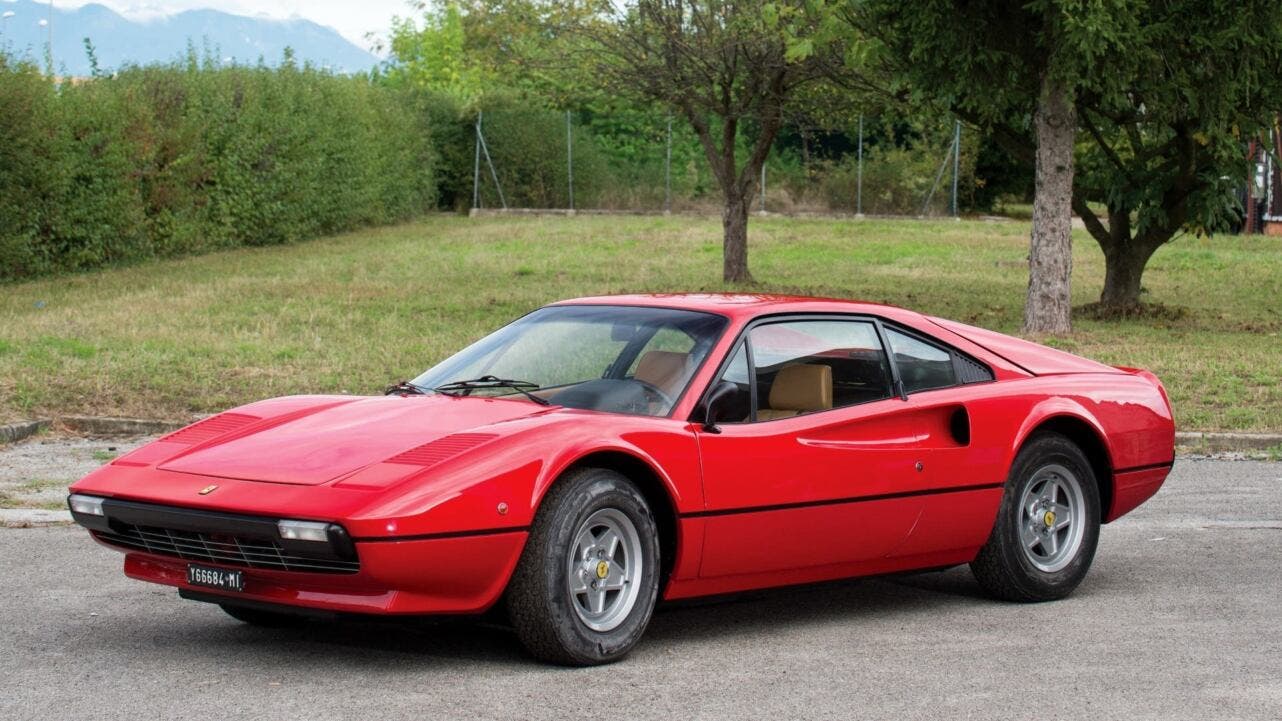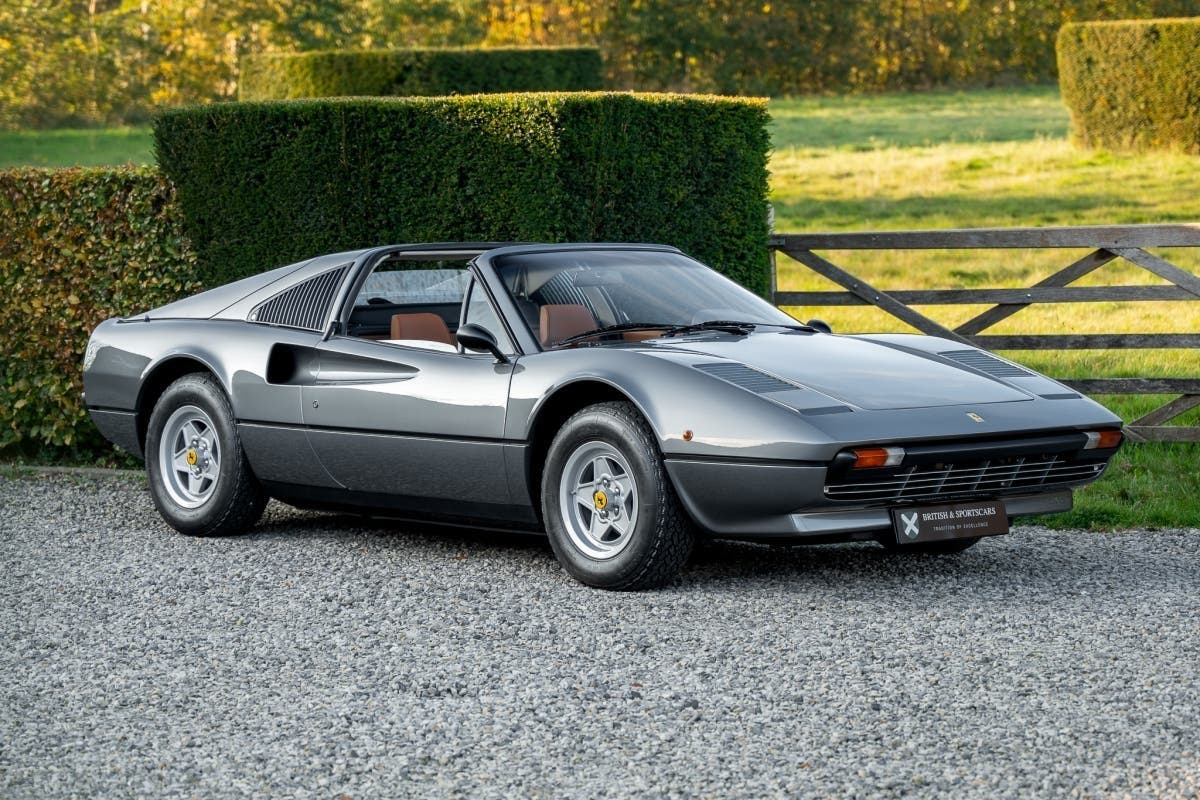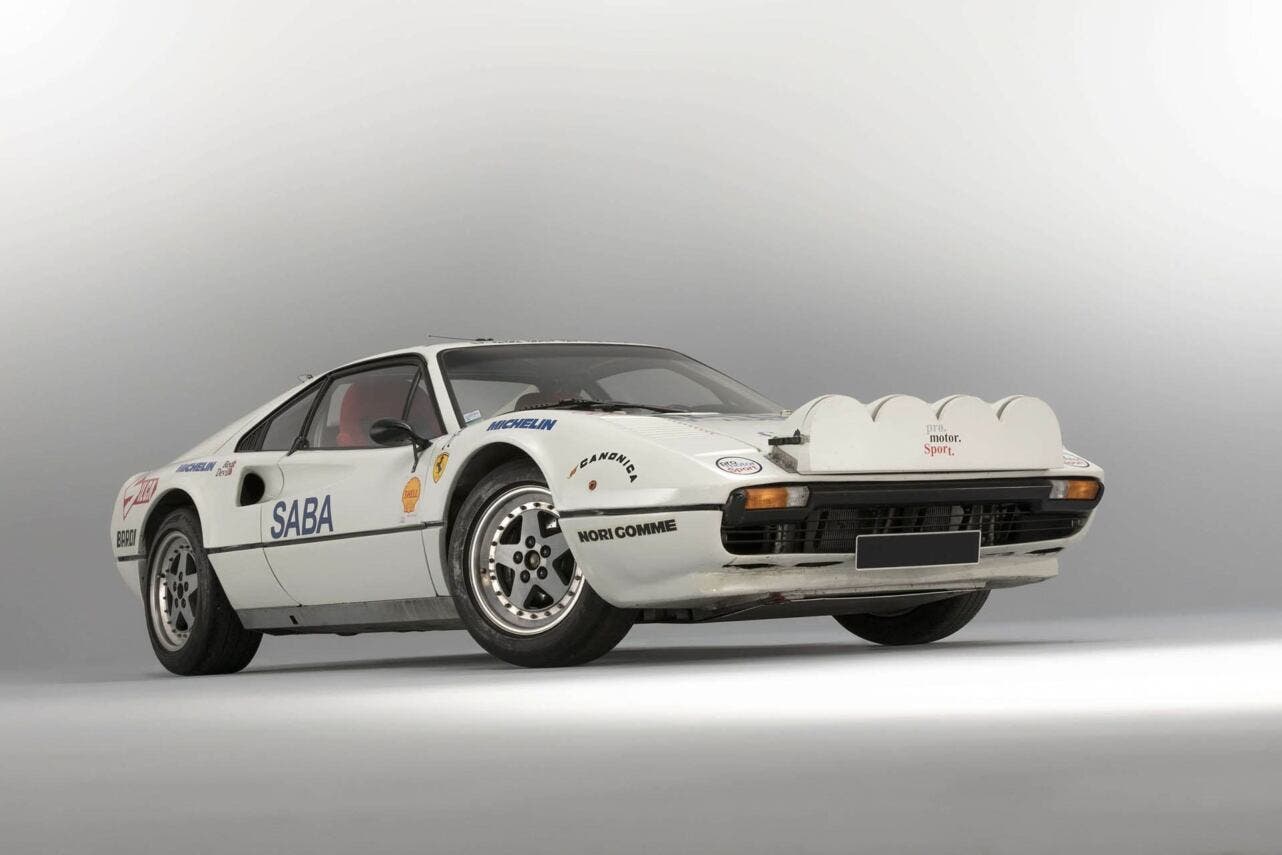For those who grew up in the 1980s, the Ferrari 308 is much more than a sports car: it’s an icon inextricably linked to Magnum P.I., the famous series that featured Tom Selleck speeding through the streets of Hawaii in his blazing 308 GTS. However, reducing this Ferrari to just its cinematic dimension would be a disservice to its history.
The Ferrari 308 turns 50: here’s its incredible story

The 308 was an incredible commercial success, as well as the progenitor of a lineage of mid-engine V8s that continues to make enthusiasts dream. To properly celebrate the half-century of the 308, we must go back to October 1975, when Ferrari unveiled the 308 GTB at the Paris Motor Show. The design, created by Leonardo Fioravanti‘s genius for Pininfarina, immediately made its mark: the silhouette was inspired by the 365 GT/4 BB, with references to the Dino 246, such as the iconic air intakes on the sides.
Beyond its aesthetic charm, the Ferrari 308 offered a price-to-performance ratio never before seen on a Ferrari, contributing to a sales boom that exceeded 12,000 units in ten years. The first cars, produced until early 1977, had a fiberglass body, making them among the most sought-after by collectors today. Subsequently, Ferrari switched to a steel and aluminum chassis, which increased the weight by 150 kg but without affecting its charm.

In 1977, the 308 family expanded with the introduction of the GTS, characterized by the removable vinyl roof and black grilles instead of the rear side windows. Under the hood pulsed a 3.0-liter V8, powered by four Weber carburetors, capable of delivering 255 hp, pushing the Ferrari to over 250 km/h and allowing it to accelerate from 0 to 100 km/h in just 6.5 seconds.
In 1980, to comply with stringent anti-pollution regulations, Ferrari adopted the Bosch K-Jetronic mechanical injection system, giving birth to the GTBi and GTSi versions. However, the transition from carburetor to injection feeding led to a significant power drop (from 255 to 211 hp), sacrificing some of the brilliance that had made the 308 famous.

In 1982, the 308 “Quattrovalvole” arrived, which thanks to 4 valves per cylinder brought the power back to 240 hp. The interior was updated with a three-spoke steering wheel, while the 308’s charm continued to grow, fueled by epic episodes such as Gilles Villeneuve‘s Monte Carlo-Maranello race completed in 2 hours and 25 minutes. The plot twist came in rallying: thanks to the intuition of the Michelotto workshop, the 308 made history in competitions, winning the Italian Rally Championship in 1982 and even an incredible second place in the Tour de Corse in the World Championship of the same year.
In 1985, it was replaced by the 328, which while improving its performance, lost some of the stylistic purity of its predecessor. Fifty years after its debut, the Ferrari 308 GTB and GTS was the sports car that made the Prancing Horse more accessible, without sacrificing the beauty and performance that distinguish Maranello’s cars.

